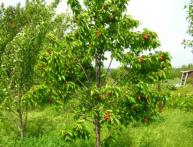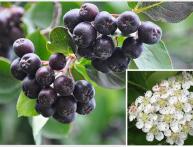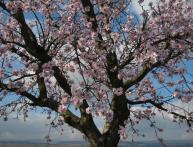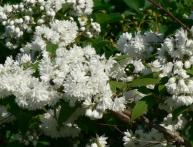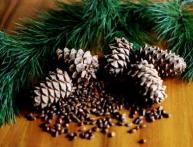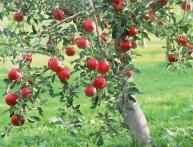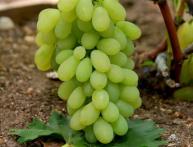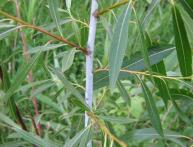Common cotoneaster: for garden design and health benefits

Common cotoneaster often used to create hedges. When growing cotoneaster, the main thing is the correct choice of site. The plant feels better in well-lit areas. The shrub is absolutely unpretentious to the soil, as well as to humidity.
Features of growing common cotoneaster
For hedges, cotoneaster bushes are planted at a distance of two meters. The depth of the planting hole is no more than 70 cm. A mixture of turf soil, peat and sand is prepared. To ensure drainage, gravel or broken bricks are placed in the hole. Planting is carried out in this way: the roots are placed in the hole so that the root collar remains at ground level. The roots are sprinkled with a ball of earth and watered intensively, then the area around the trunk is mulched with peat.
Common cotoneaster is fertilized with complex mineral fertilizers. It is better to do this in the spring, and in the summer, during the flowering period, add superphosphate. During prolonged drought, the bushes are watered. For one plant, 8 liters of water will be enough. Cotoneaster will overwinter better if it is covered with dry leaves.
Common cotoneaster is grown not only for decorative purposes, it fruits have beneficial properties (used for stomach disorders, flatulence, and also to calm the nervous system). Cotoneaster fruits ripen in August and are then harvested. Dry outdoors, but not in direct sunlight.You can also use the thermal method, drying in the oven at a temperature of 70 - 80 degrees.
Shoots with flowers are also suitable for harvesting. Dried shoots and fruits are stored in a cool, dark and dry place.

